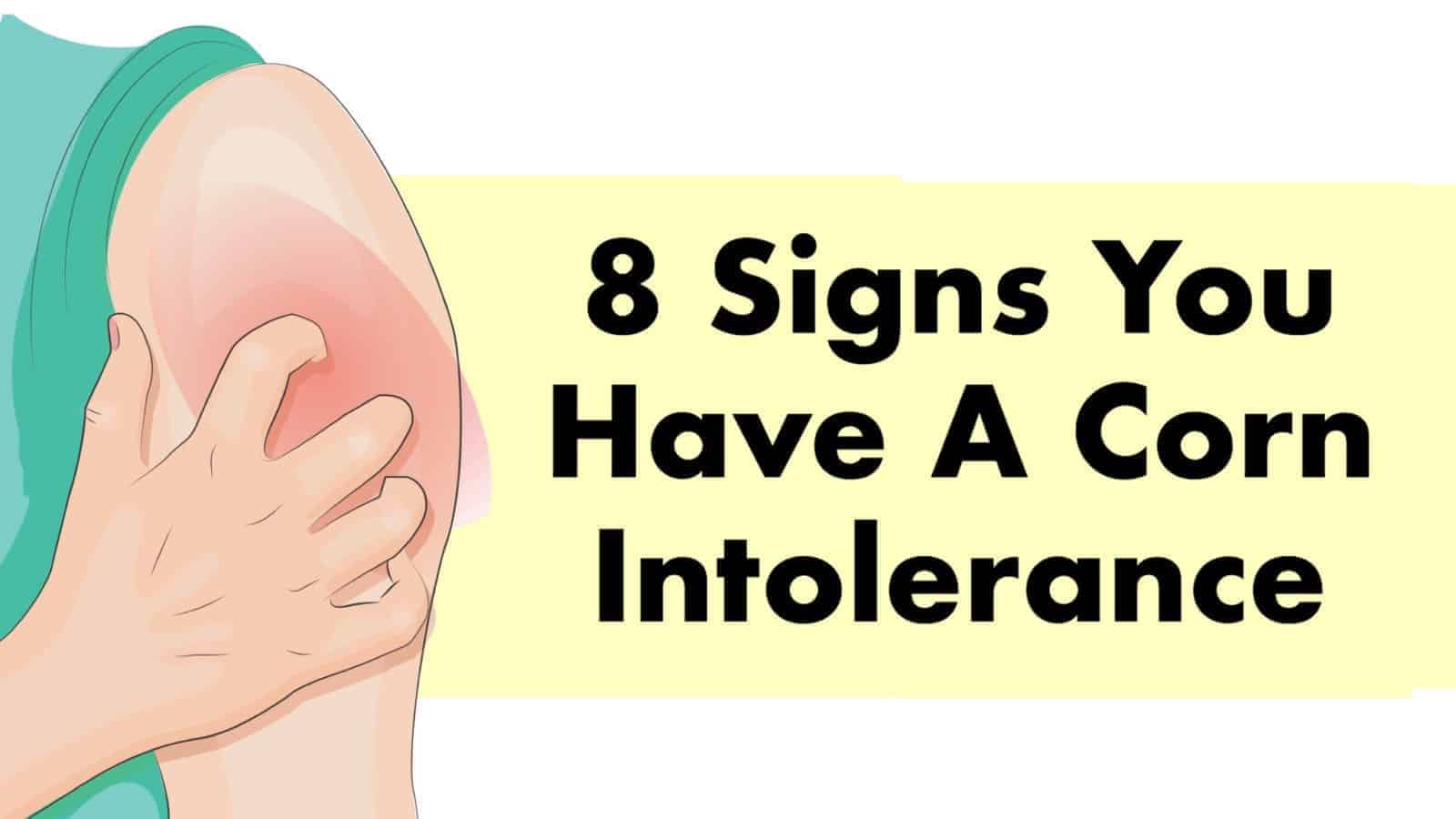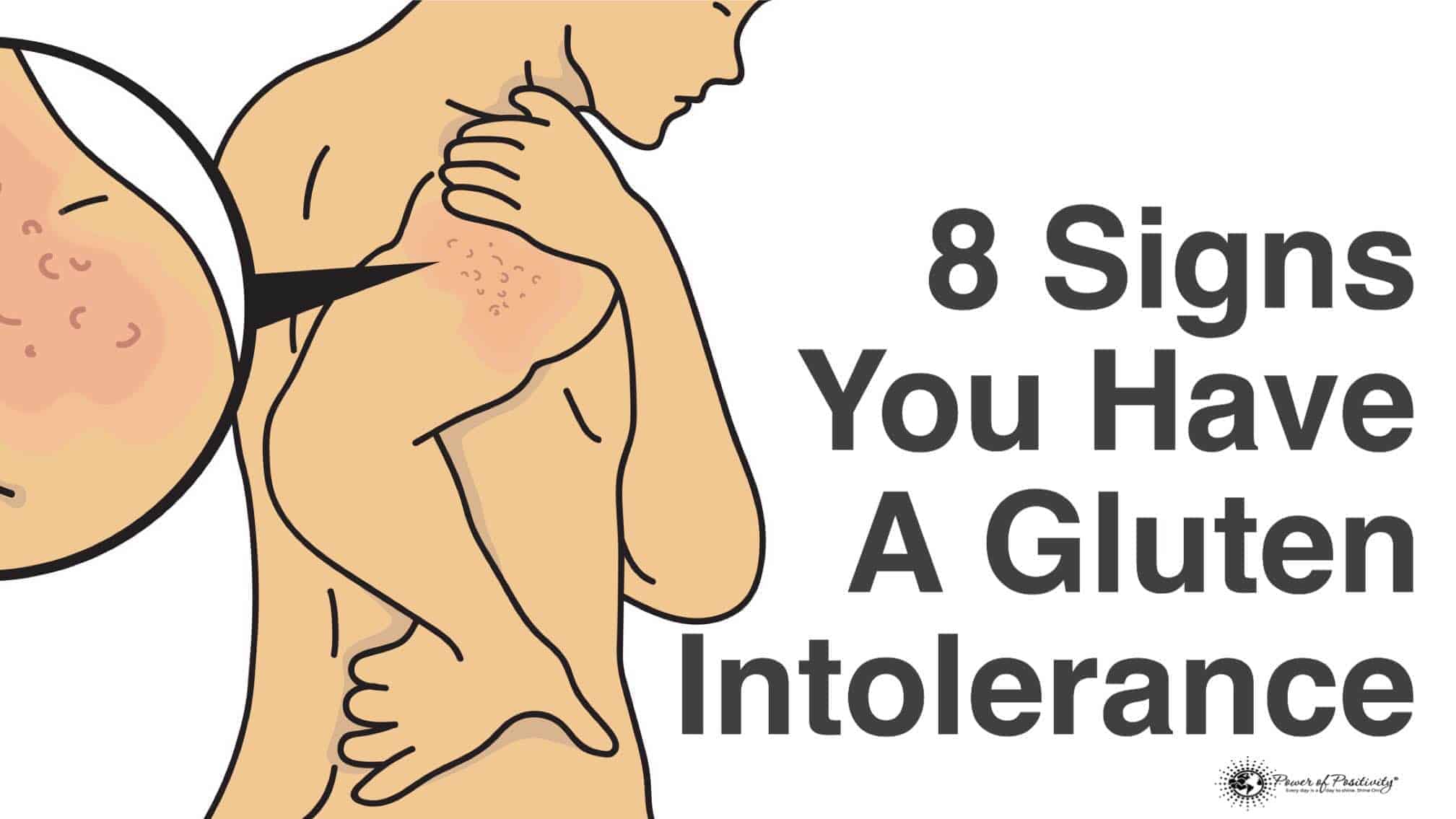Corn intolerance?
Have you ever known someone with a corn intolerance? Do you deal with the condition? (If so, we’d love your opinion on the article. Please comment!)
A corn allergy is quite rare. Additionally, corn allergies are difficult to spot as the symptoms are similar to those of grain, grass pollen, and seed allergies.
Rare or not, food allergies can pose a severe threat to health. According to the Food and Drug Administration (FDA), 30,000 people require emergency room treatment, and 150 individuals die yearly from food allergies.
The problem got so bad that 2004, the (FDA) passed the Food Allergen Labeling and Consumer Protection Act (FALCPA). The law was necessary, as food manufacturers failed to label products that included common and rare allergens appropriately.
Astoundingly, the language within FALCPA did not list corn as an allergen! (Kickbacks, anyone?)
Anyways, despite this egregious mistake, knowing the ingredients and products derived from corn is crucial if you’re concerned about a potential allergy.
Here they are baking powder, caramel, cellulose, citric acid, dextrin, dextrose, inositol, malt, maltodextrin, monosodium glutamate (MSG), semolina, sodium erythorbate, sorbitol, starch, vanilla extract, xanthan gum, and xylitol.
If you have a physical reaction after eating corn or corn-derived products – if you develop hives or become nauseated, or your nose begins to run, for example – you may be allergic to corn. ~ American College of Allergy, Asthma & Immunology
Symptoms of a Corn Allergy
Physical reactions to corn and corn products may be from mild to severe. A life-threatening allergic reaction anaphylaxis (pronounced ‘anna-phil-axis’) can happen very quickly. Because it can cause airway swelling, breathing impairment, and a blood pressure drop, it is an emergency. In fact, it warrants a call to 911, as it can be fatal.
Anaphylaxis can send the body into shock. It results from a sudden drop in blood pressure to the brain, heart, and lungs. It’s worth noting that, in several medical studies, symptoms of anaphylaxis have been linked primarily to the corn-based products dextrose and cornstarch.
Besides anaphylaxis, here are eight other possible signs of corn allergy:
– Breathing trouble (a medical emergency)
– Diarrhea
– Headache
– Hives (red skin bumps) or skin rash
– Muscle cramps
– Nausea
– Runny or stuffed nose
– Vomiting
Due to the potentially life-threatening symptoms of food allergies, you should pay particular attention to how the food(s) affect your breathing.
If you suddenly experience trouble breathing, contact emergency services immediately!
Identifying a Corn Allergy
If particular foods are causing physical reactions, however mild, it is essential that you:
– Book a doctor’s appointment
– Write down what you eat
– Write down any symptoms
The above information will greatly assist the physician in narrowing down possible causes of your reaction.
After ruling out other health issues that may cause the same kind of response, the physician will perform what is called a prick test or scratch test. This particular examination involves the doctor putting a tiny amount of food solution onto the area of the skin that is pricked or scratched.
If the skin forms a bump, it usually indicates that an allergy is present.
(It’s worth mentioning here that allergists are licensed physicians who specialize in diagnosing and treating allergic diseases. Visiting a specialist is covered by most healthcare plans.)
If you are not experiencing breathing problems and cannot visit a physician or specialist, try staying away from corn or corn products for a few weeks. That gives you time to see if your symptoms reside.
Prevention and Treatment of Corn Allergy
Regarding prevention, your top priority must be avoiding any product containing corn.
This includes ‘no-brainer’ foods such as corn muffins, cornbread, corn oil, and corn syrup (please read the labels!)
Corn byproducts are used as an ingredient in many of the following foods:
– Bread
– Candies
– Canned fruits and juices
– Cereals
– Cheese
– Deli meat
– Jams
– Juices
– Salad dressing
– Sauces
– Soda (diet and regular)
– Yogurt
And some other non-food products:
– Clothing
– Crayons
– Dishwasher Soap
– Makeup
– Paint
– Pet food
– Shampoo
– Toothpaste
Here are some recommendations for anyone who is – or may be – suffering from a corn or other food allergy:
– Entirely avoid the following: baking powder, corn bran, cornmeal, corn oil, corn syrup (including fructose), maize, and vegetable oil.
– Avoid processed foods whenever possible. Instead, eat fresh fruits and vegetables, lean meats, whole grains, and whole (‘100%’) fruit juice.
– Be extra cautious at barbeques, dining halls, restaurants, and other places where you purchase a meal.
– Carry an antihistamine, e.g., Benedryl, in case you experience a sudden episode.
– Ensure that your child’s caretakers are aware of their condition. Additionally, remind them periodically.
– Wear a bracelet that states you suffer from a food allergy.


















